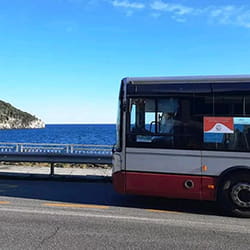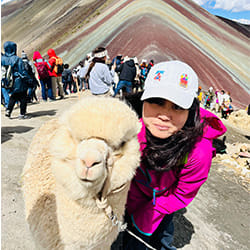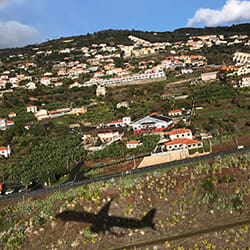I am familiar with neither Tokushima nor Leiria, and after thinking about it for a moment, I realized there is hardly anything that connects me with these places. I use the phrase “hardly anything” because I have several friends from Leiria.
A close friend who is a restorer. An artist who studied at Tama Art University in Tokyo, who was introduced by her. A conservator and sculptor. A stone sculptor, and so on.
Although birds of a feather do flock together, I think the reason why they are all closely involved in art is that Leiria has a school for restorers specializing in stone. Some of the students who were born and raised in Leiria and graduated from the school would be involved in the restoration of the historic buildings in this area. And to begin with, Leiria has two monasteries listed as UNESCO World Heritage.
In fact, one of the friends I just mentioned died young and the first time I went to Leiria was when I went to his funeral, but my relationship with the area has faded since then.


About two weeks ago, a friend of mine who is an artist in Japan told me he was coming to Portugal. He had no particular connection to Europe, so I thought it was a little odd, and when I asked why he was coming to Europe, to my surprise he said he was coming to a group exhibition by some Portuguese, Japanese, and Brazilians. Also in Leiria.
Apparently, an exhibition had been planned and he had been invited to it, as part of the 50th Anniversary of the Tokushima-Leiria Sister City Relationship.
Neither my friend nor the other Japanese artist who was also invited, however, is from Tokushima, and they don’t even live in Tokushima. It seems they had created artworks using products representative of Tokushima.
They were artworks using washi, Japanese paper.
Something I knew about washi was that it was difficult to print on it. First of all, it’s not square, its thickness is uneven, its fibers get tangled in machinery, and so on. That’s why printing on washi was almost impossible. But printing technology has advanced, and it looks as though you can do it now. What’s more, it’s not just one kind of washi that you can print on but a number of different types. And what surprised me even more was that you can even print photos on it now!
I couldn't go to the exhibition (opening) in Leiria, but my friend exhibited his works printed on washi, and apparently the other Japanese artist exhibited Japanese paintings on washi.
If I have the time, it would be nice to visit Leiria after all these years.






























































